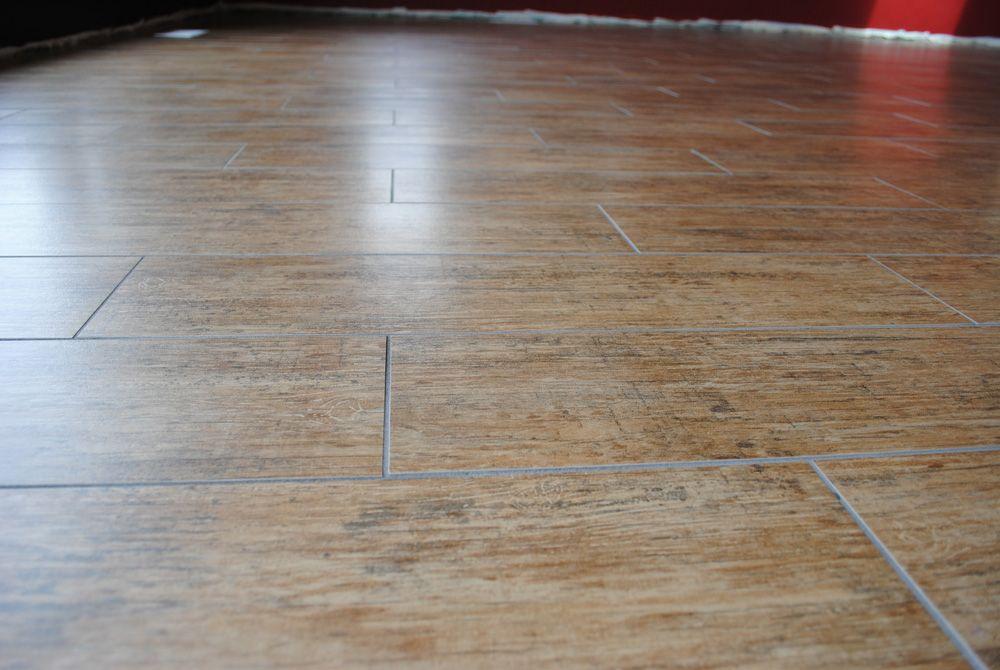In bathroom and kitchen remodeling, flooring options can often seem overwhelming. Hardwood, laminate, vinyl, and tile make up the majority of what we see as the homeowner’s preference for flooring material. Tile is the most preferred for bathrooms, while hardwoods are most popular in kitchens.
Most of the time when we get a call for a remodel, the homeowner usually has a good idea of which direction they would like to proceed in when it comes to flooring, but when it comes to tile, we have been asked the same question many times. “What is the difference between ceramic and porcelain tile, and which is better?” It’s a good question and we think you will be surprised by the answer.
The term “ceramic tile” is commonly used to cover both ceramic and porcelain materials, but in reality, true ceramic is quite different than porcelain material. Clay is blended with minerals and water under extreme heat to solidify the material to make ceramic tile. This process does not create a material that is impervious to water penetration. Therefore, a glaze is added to the material to create a nonporous layer which is called a “design layer.” When ceramic is glazed with a grade III or higher glaze, it becomes highly resistant to scratching or moisture. In general, any glazed ceramic tile will be incredibly durable and will last for a long time if installed and cared for properly.
The creation and composition of porcelain tile is quite different from that of ceramic tile. Porcelain is made up of finely ground sand that is pressed together under extreme pressure and heat. The end result is an almost glass-like substance that has a water penetration rate of less than 0.5%. Due to this composition of natural materials, porcelain takes on the same great characteristics of ceramic tile in that it won’t absorb odors or support bacteria or allergens.
I was recently on an estimate in which the homeowner asked me if it was true that porcelain was a better material because it has a uniformity of color throughout. This question has been asked several times before and we can only assume that the popularity of porcelain tile has surged because of this assumption. In reality, if you chip or break a porcelain tile, the color that you see on the face of the tile does not travel through the tile uniformly. The main reason for this is that porcelain is also treated with the same “design layer” process as ceramic tile. Years ago you may have been able to find porcelain tile composed of the same finish throughout, but in an effort to broaden selection at a lower price point, “design layers” were added which ultimately eliminated one of the main differences between the two materials.
So, when you are at the tile store trying to make your decision among the thousands of tile choices, just know that both ceramic and porcelain have their own qualities. Porcelain is more durable, while ceramic is easier to cut and install. They are both high quality, durable materials and you will be able to find a wide variety of choices with low and high price points in each. No matter what the tile material, the biggest factor to consider is what color and size you want!
If you have any questions regarding tiling or remodeling, please feel free to contact us at [email protected]

